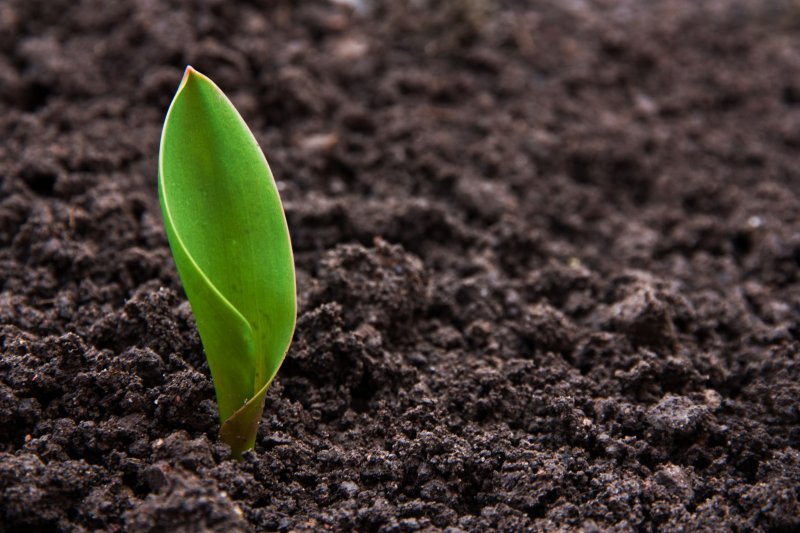
The tiny hairs found on plant roots could play a pivotal role in helping reduce soil erosion, a new study by British scientists has found.
The research provides evidence that when root hairs interact with the surrounding soil they reduce erosion and increase cohesion by binding soil particles.
Soil erosion can have a devastating impact across the globe and a serious threat for modern agricultural practices.
However, many of the plants grown, such as coffee, cotton and palm oil, can significantly increase erosion beyond the soil’s ability to maintain and renovate.
It can also lead to increased pollution and sedimentation in streams and rivers or, because these areas are often less able to hold onto water, can worsen flooding.
Researchers say this problem is particularly urgent considering the ever-expanding human population and climate change.
Now scientists from the Universities of Bristol and Exeter have revealed the crucial function the microscopic roots hairs play in binding and reinforcing soil.
While the larger-scale root properties such as diameter, length and surface area have been extensively studied to understand their role in preventing soil erosion, the effect that micro-scale properties, such as root hairs, has is less well documented.
The research team looked at how wild plants Arabidopsis thaliana, which produced root hairs, compared with an almost identical Arabidopsis with the same root hair structure in reducing soil erosion.
They found that, when planted in sufficient density, plants with root hairs reduced soil loss almost completely - while otherwise identical plants without hairs could not stem the flow of erosion.
Three methods were used to explore the soil retention benefits of root hairs. First, the samples were placed in a sterile gel, in a petri dish, and then subjected to increasing centrifugal force.
The study found that the hairless seedlings were easier to remove from the gel compared to seedlings abundant with root hairs.
Second, the study found that root hairs were also shown to stabilise the plant in the soil, as they increased the force needed to uproot the plant.
Third, in the experimental landscapes laboratory at Exeter, root hairs reduced water erosion to almost zero.
Professor Claire Grierson, one of the study’s lead authors, the findings could be the key in helping to tackle soil erosion.
"There are three possible ways root hairs could enhance soil, either the soil might bind directly to root hair surfaces, root hairs might release material that reinforces soil, or root hairs might release material that is processed by microbes into something that can reinforce soil," she said.
“We hope our knowledge about the properties of plants that minimise soil erosion will allow the creation and selection of best-suited agricultural plants.”
The team are now working to distinguish between these hypotheses and identify the molecules involved.
